A WARTIME tragedy in which five Canadian airmen died in a Quantocks Hills village has been commemorated 80 years on with a memorial unveiled to remember them.
The event in Broomfield was organised by Wellington military historian Chris Penney and the village's own historian Stephen Tierney, who helped arrange for Rob Peters, the grandson of one of the air crew, to travel from Canada to attend the occasion.
The Royal Canadian Air Force personnel died when their 407 Squadron RCAF Vickers Wellington anti-submarine bomber hit treetops during poor weather on Buncombe Hill, near Fyne Court, on the Quantocks.
One crew member, Sgt George O. Buckman, miraculously survived the crash. He died in 1988.
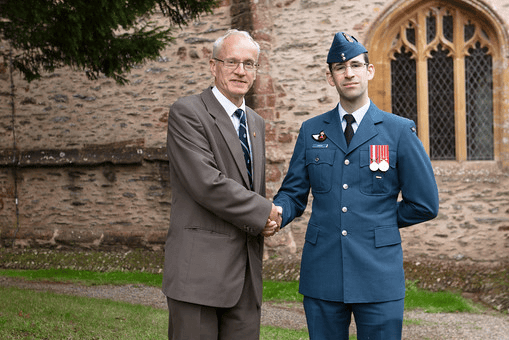
They were returning to a Coastal Command base at RAF Chivenor, North Devon, on August 20, 1943, but were off course in fog with 25-yard visibility.
The new memorial stands on ground outside Broomfield Parish Church given by the National Trust and after its dedication following a service led by associate vicar the Rev Jim Cox, wreaths were laid.
The ceremony concluded with the national anthems of Canada and the United Kingdom and there was an emotional fly past over the church by a Royal Navy 845 Squadron Merlin Mk4 commando helicopter from RNAS Yeovilton.
The five airmen killed are buried in the War Graves Cemetery in Heanton Punchardon, Devon, next to the former RAF airfield which is now Royal Marines Barracks Chivenor.
They are Flying Officers Robert C. Dalgleish and Gordon W. Hirtle, who were both 23, Pilot Officer Arthur H. Peters, 22, WO1 Hames H. Clancy, 25, and WO Roy A. Clark, 22.
Mr Peters, who flew from Ottawa specially for the occasion and is the grandson of Pilot Officer Peters, helped unveil a memorial seat in front of the church together with the parish council.
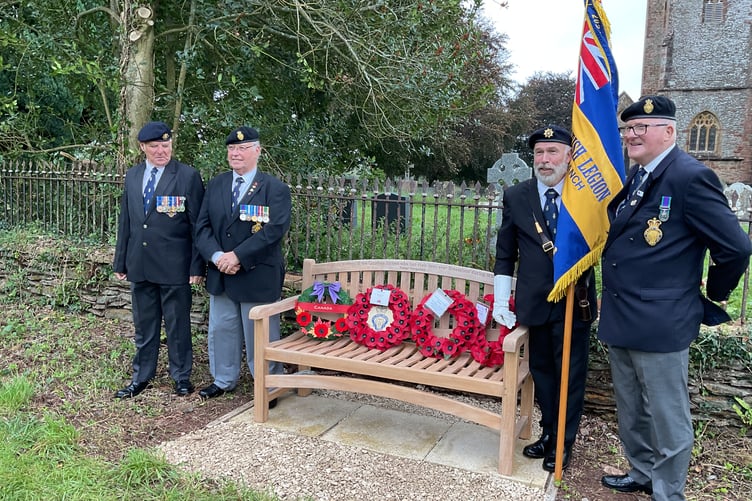
Also present was RCAF Major David Hardy, and members of the Royal Air Force Coastal Command and Maritime Air Association, and Bridgwater Royal British Legion, as well as a number of villagers.
Mr Peters said: “It means so much to me and our family to be in Broomfield.
“My father never knew my grandfather. All the crew lost were volunteers, king and country came calling and they responded, but it cost them their lives.”
After the unveiling a presentation on wartime 407 Squadron was given in the village hall, when Major Hardy said: “RCAF personnel operated in all kinds of flying conditions at great personal risk and often with astonishingly little in the way of preparation and training.
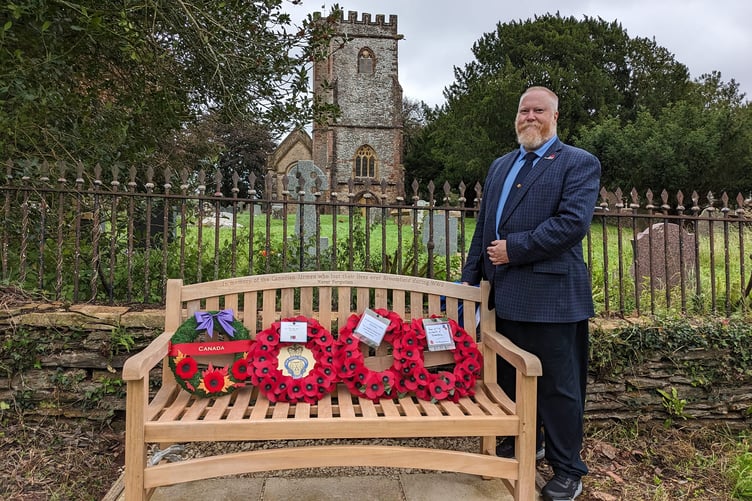
“It is sobering to think of these five members of 407 Squadron and the phenomenal responsibility placed on their shoulders at such a young age as they fought shoulder to shoulder with their allies in the United Kingdom during the Battle of the Atlantic.’
Today, RCAF 407 Squadron flies long-range Aurora maritime patrol aircraft and is based near Vancouver, on the Pacific west coast.
To mark the anniversary, the Canadian squadron sent a 407 shield plaque which was gifted to the parish by Major Hardy on behalf of the squadron's commanding officer Lieut-Col Don Jamont.

The memorial event followed a recent exhibition in Barnstaple’s North Devon Record Office on the wartime exploits of 407 Squadron.
Its main role between 1943-45 was hunting U-boats by night over the Bay of Biscay with searchlight-equipped Wellingtons.
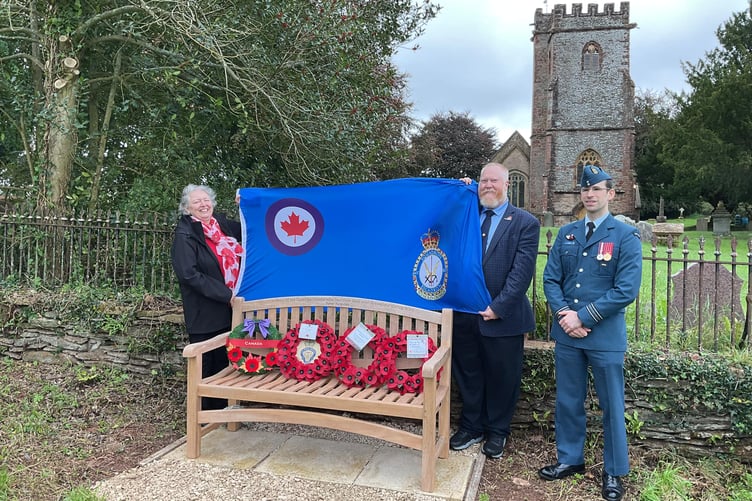
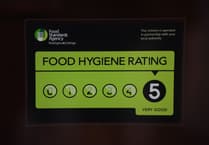
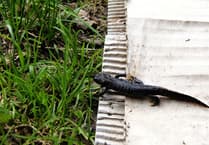
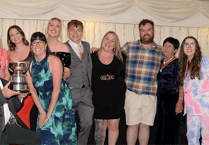
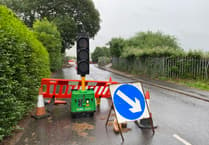
Comments
This article has no comments yet. Be the first to leave a comment.